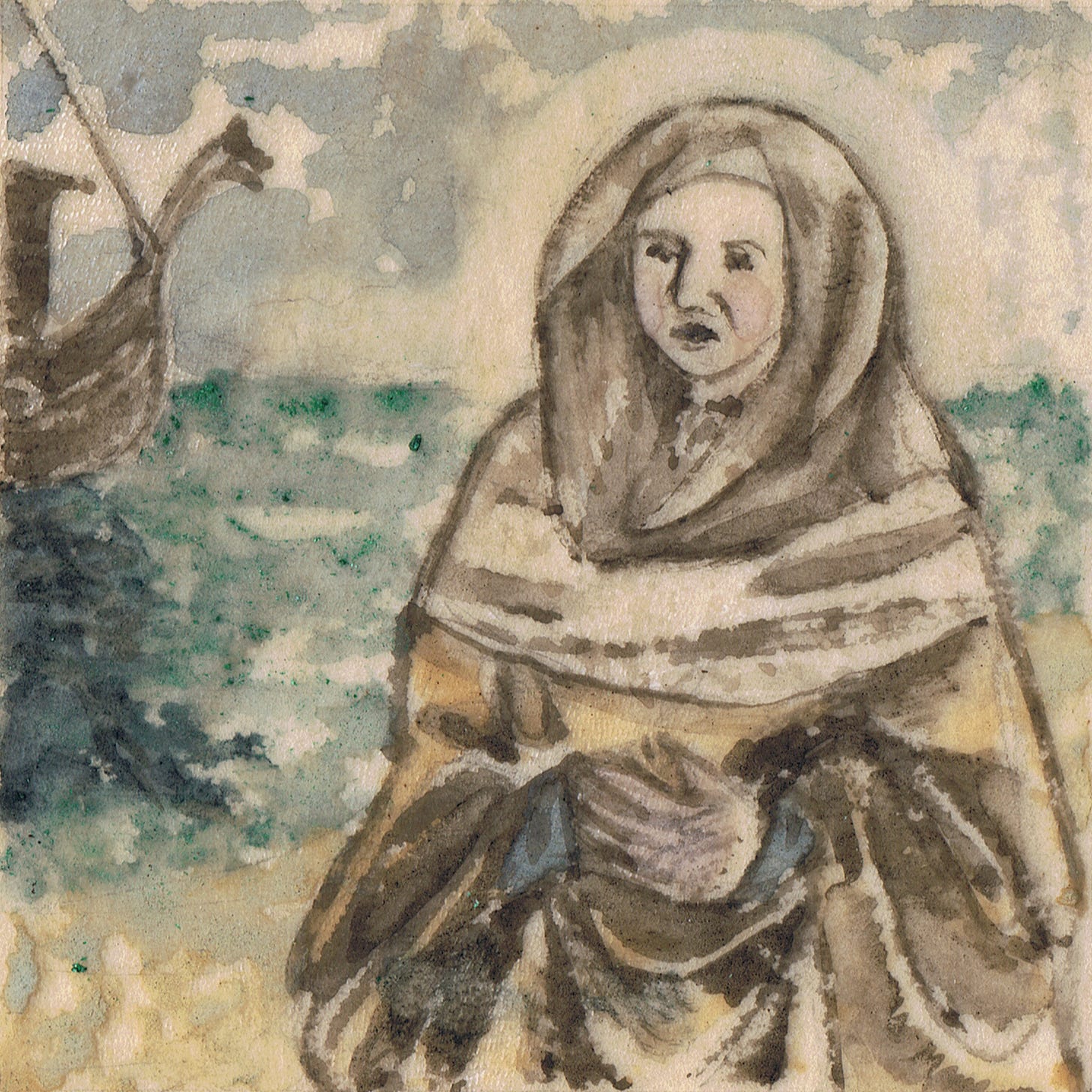
What sets them apart from us is twofold. Firstly, their remarkable lives or deaths. Secondly, that their lives are no longer their own. A saint’s life is for us, far more than any monarch, minister or hero, who usually have a hand in how their story is spun. In death, saints’ lives are plucked up to be placed into the common basket of goodness, to become apples of instruction. Or at least they were, until knowledge and study of the lives of saints fell away in almost every faith to make way for the inspection of the lives of the famous. Why should a contemporary woman such as myself have anything to say about this Saxon Christian saint?
Audio version
I began writing this piece, sitting on a clifftop in Dorset on June 1st 2023, St Wite’s feast day, after spending an hour cleaning the spring and well in a cove I have written of here before. I find myself thinking about St Wite regularly since I first encountered her in 2017 when painting the little icon above, which now sits in the home altar of an Orthodox friend. Along with several other artists, I had been commissioned to paint some tiny works on parchment for Dark Mountain 12 Sanctum. At the last minute, the writing was pulled from the collection, and although my other 10 works for different essays were included, the painting1 of St Wite remained at home, in seclusion, like the hermit she portrayed.
St Wite (pronounced ‘wheat-a’) is revered as a saint in the Orthodox Church, Roman Catholicism and the Church of England. Despite her life and martyrdom taking place less than 50 miles from my hometown, and although I attended Church of England schools, I had never heard of her. The only saints I knew of as a child, outside those mentioned in the Gospels, were Francis of Assisi, Joan of Arc, Thomas Beckett, and George, Andrew, David and Patrick, Patron Saints of England, Scotland, Wales and Ireland respectively, whose days are still marked in UK diaries and calendars. As an adult, I had read about Hindu saints, Tibetan Buddhist saints, Muslim sages and Taoist Immortals, but never once about the remarkable men and women of my own homeland or heritage. Whether or not I had left the faith isn’t the point. In England there is a general amnesia for anything other than the big red tabloid headlines of our history, just like there is for our folk music. The only line up of four men including a ‘George’ that most people know is The Beatles. By the time I became an adult in 1990, the idea of reading about a saint would have seemed as bizarre to me as swotting up on the use of Jethro Tull’s corn seed drill, or installing gaslight in my bedsit.
Since encountering St Wite, my feelings have changed. They are still changing.
Describing a respected wise woman, a cliff dwelling hermit who saved ships from wreckage on the shore by tending beacon fires, the handed-down story of St Wite’s life is unusual enough, without its miraculous later chapter. To have the outline of a non-aristocratic Saxon woman’s life and possible death in about AD830 is certainly rare, so when I read about her first in a piece by Steve Wheeler I was asked to illustrate, then later in work by Sara Hudston, I began to wonder about her. I was never told about such women; not in school, not in church, and never at all in the media. In 2019 I joined Sara for her St Wite’s Day / Dorset Day pilgrimage to the church in Whitchurch Canonicorum, St Wite’s Well on Chardown Hill, a mile away, and the possible site of her hermitage, high on the clifftop near Golden Cap. (You can read a short account of her life here and a rather lovely personal account of a pilgrimage to her church, with photos, here.)
Since my first visit to her reliquary, I have returned twice more with friends, each time in high summer, when the cool pale stone of the church has given us welcome shelter from the heat. I enjoy a walk around almost any ancient building, and have been known to loiter happily in cathedrals with my older sister for evensong on city breaks. I am not known for kneeling and praying for loved ones at ossuaries that have miraculously escaped both Henry VIII and Oliver Cromwell, (a feat only matched in England by a King’s shrine in Westminster Abbey, Saint Edward the Confessor.) And yet, I have now done this several times. The verified bones of a small Saxon woman lie within a beautiful simple stone shrine where people leave prayers, requests for healing, and small gifts. Her bones are considered by some to have healing powers and her church was commissioned by none other than Alfred the Great himself.
The story goes that when the Viking Danes sailed along the English Channel and came to raid her town, St Wite went to parlay with the invaders, saying her community would surrender and that there was no need for more bloodshed. The attackers were unmoved and she was killed. Later, when the dead were recovered from the beach, those who carried her body reported that their wounds were miraculously healed. Soon a shrine containing her remains became famous for healing those who prayed there, and it became a site of regular pilgrimage.
But still, why am I even vaguely interested in a tall tale of seemingly impossible events nearby over a thousand years ago? It doesn’t matter to me what details of her life are accurate, in fact, I would feel the same if they were found to be ‘false’ and that she was proved to be some Breton princess after all. What touches my heart is that such a story keeps being told, and that such a woman kept being described over a millennium, that even the greatest king of all England felt it worth keeping this story safe in what became known as ‘The Cathedral of the Vale’.
Without adding to or changing the traditional elements of her myth, the story allows me to imagine that St Wite was already respected enough to speak on behalf of her community and was courageous enough to do so, even knowing the high risk of death. It lets me imagine a woman living as a hermit in her forties up on a Dorset clifftop, but with deep commitment and ties to community, kin and place. It shows me someone wanting life to continue for those she cares about and is responsible for, and this being more important than saving her own individual life, (something barely imaginable in our current culture).
What commitment to life!2
I don’t need to make up any features of her story, interrogate it, deconstruct it or glamourise it. Also, I don’t want to be her! Who would want to be cut down by foreign armed raiders in the prime of life? I do sympathise with her, as an unconventional Wessex woman of a certain age with a penchant for hanging out on cliffs and speaking my mind… Yet what St Wite’s story still does is deeply move me, help me question my own life’s choices and make better ones, in short, she inspires me. As far as I can gather, the lives of the saints were once read and told to inspire and instruct people on what is a ‘good life’. After the Reformation, reading and learning the Bible itself in English took much higher precedence: The Word has trumped the stories, just as the austere whitewash and empty sconces of the iconoclasts replaced brightly painted carved saints and stained glass in English churches.
There are many great stories in the Bible, of course, but they are mainly set in the desert, far east of this little collection of green pebbles we currently call the British Isles. Had I known as a girl about even just our own St Wite, or Hilda of Whitby, Elizabeth Fry, Margery Kempe or Julian of Norwich, I would have learned about incredible, intelligent women, using the respect they had earned in their communities and the wider church to influence things practically for the good of all, rather than debate how many angels could dance on the head of a pin. I was told saints were almost all men, off slaying dragons, and from elsewhere.3
We cannot say with complete certainty if St Wite was a Christian, as Pagan beliefs still remained in Wessex at that time coexisting with Christian observance. But this is also beside the point. Her actions were deemed saintly, correct and exemplary by both the common people and by the Church of her day. They are still worthy of our awe and respect now, even if like me, you are not a Christian. This is the point of saints the world over, and why I initially read about those considered as such when I was travelling in India, Kashmir, Ladakh and Nepal in the 1990s. Whether Buddhist, Hindu, Muslim, Jain, Taoist or Christian, the qualities of a saint seemed surprisingly consistent: selflessness, practical care for others (including non-humans), honest speech, wise actions, compassion, non-attachment to worldly things. That mainstream western culture still values these things when they are embodied by people (immediately deemed ‘heroes’), shows they endure.
What we are sold by influencers, celebrities, media and especially by the ‘wellness industry’ is an inversion of these things: selfishness, self-indulgence over responsibility to others, dishonest speech, unwise actions, blame and instant retribution, attachment to things, obsession with appearances…
I do not lead an exemplary life and I do not especially try to. I wrestle with the same needs and wants as the next person, while trying to make ends meet and not harden my heart to the world. St Wite just keeps returning to my thoughts; perhaps it’s because I am now back at home in Wessex, near the sea, thinking often of community, family, roots, obligations, conviviality, responsibility and more. This last year has seen me gladly give up lots for those I love: time, energy, effort, money, things I might have hoarded in the past, and kept for myself. I wonder, if I saw armed attackers come for the people I loved, would I have the guts to try and go and negotiate to save them? Maybe her words gave a few more kids the chance to run away. Maybe she knew she had no chance of walking away that day, but thought she’d be a useful distraction. Perhaps she figured she’d had a good life already, watching the sun set over the sea, lighting the beacon, preventing shipwrecks, dispensing herbs and counsel.
What St Wite is currently teaching me, as much as any of my beloved Taoist Classics, is to attempt to live fully right here right now with integrity. To marry my actions and my words, then when things get gnarly, to value actions over words. Hopefully, if I am ever called to do something as a commitment to life, that may result in my death, I’ll have no qualms. I had to test my mettle with the fire two years ago, and was glad to find I was no coward. But I cannot know how I would respond in such a situation as St Wite faced. I can only read stories and ponder her example, put myself in her shoes, imaginatively. I can spend time practising community. And I can pray.
The lives of the saints are for everyone - that’s the point. They are for us if they are not from our religion or even if we are not religious, as if we are inspired to live better by them then their work continues in the world. That our ancestors thought it wise to tell tales about people who had lived well, in amongst the stories of tyrants and heroes, fairy tales and kings, is interesting to me. Ordinary poor people do not embark on long pilgrimages for no good reason. Credulousness was likely no more common then than it is now. When I see how we are encouraged to spend our days and our money, I think perhaps it is more common now.
I spend many hours considering the life of my local saint, wondering when I can next visit her well and church. Part of me says to myself, ‘This is highly unusual.’ Another part says, ‘This is what the land moves you to do.’ Yet another part just laughs at my pompous self and makes a fresh round of Yorkshire Tea4 for me and my brother, while we eat red and yellow squares of Battenburg cake and watch the blackbird splashing in the newly cleaned spring-stream in the cove: truly a bath fit for a king, or even a saint.
This week’s good things: read Pharmakon and the Inkmaker, the latest piece in the Our Dark Materials series. Thomas make great art, as well as making ink from guns, which you can buy direct from him online. His essay about his singular process is unlike anything else you will read this week.
Also, read ‘s excellent recent piece on the life and music of John Luther Adams. Thank you
for the recommendation. I will be listening to the music over the coming week.I have another batch of these little parchment covered boards ready to work on. If you would like me to make a painting of a beloved saint or ancestor, then please get in touch.
‘Death. The means by which an ecosystem keeps itself alive, selects its fittest, controls its scale, gives peace to the tormented, enables young life, and accumulates a grammar of inherited meaning as generations change places.’ ( Page 88, Lean Logic by David Fleming)
It sounds much like the way women’s fiction writing is sometimes dismissed as not having enough ‘action’.
…which lives in a slim, long metal Dorset Tea tin. I know, I know… what hypocrisy!


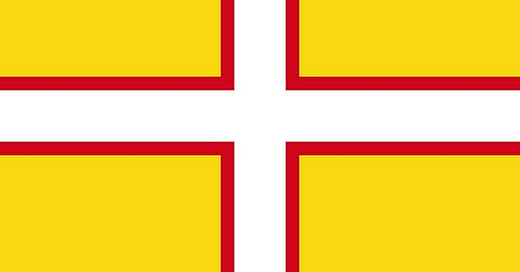




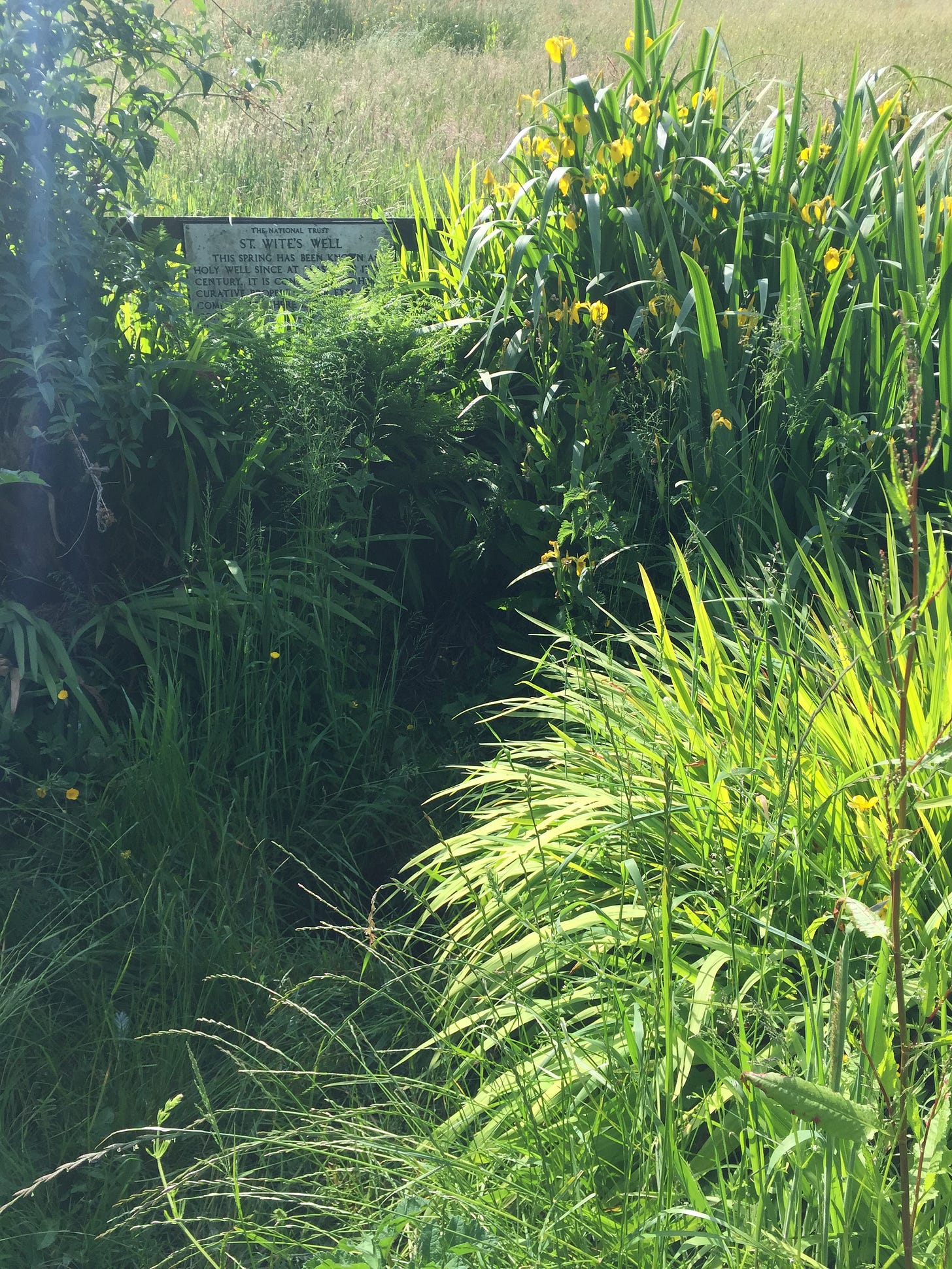
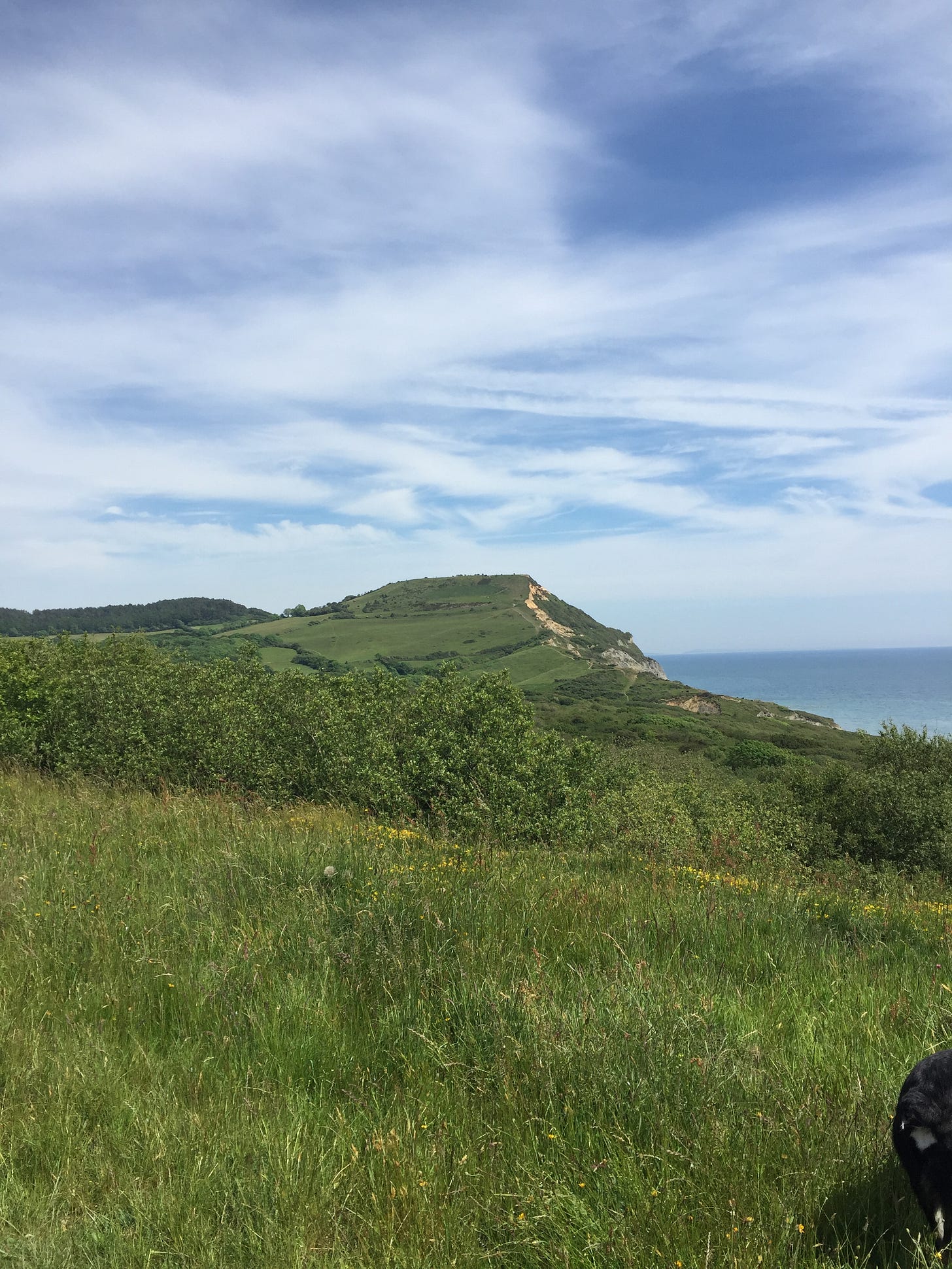
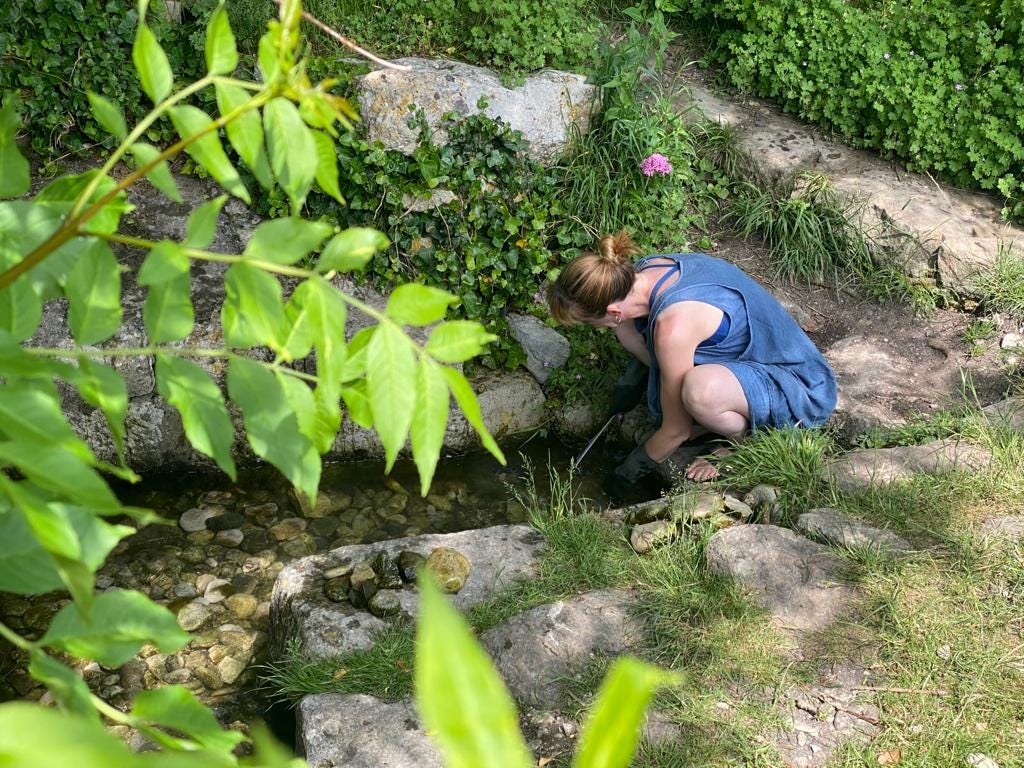
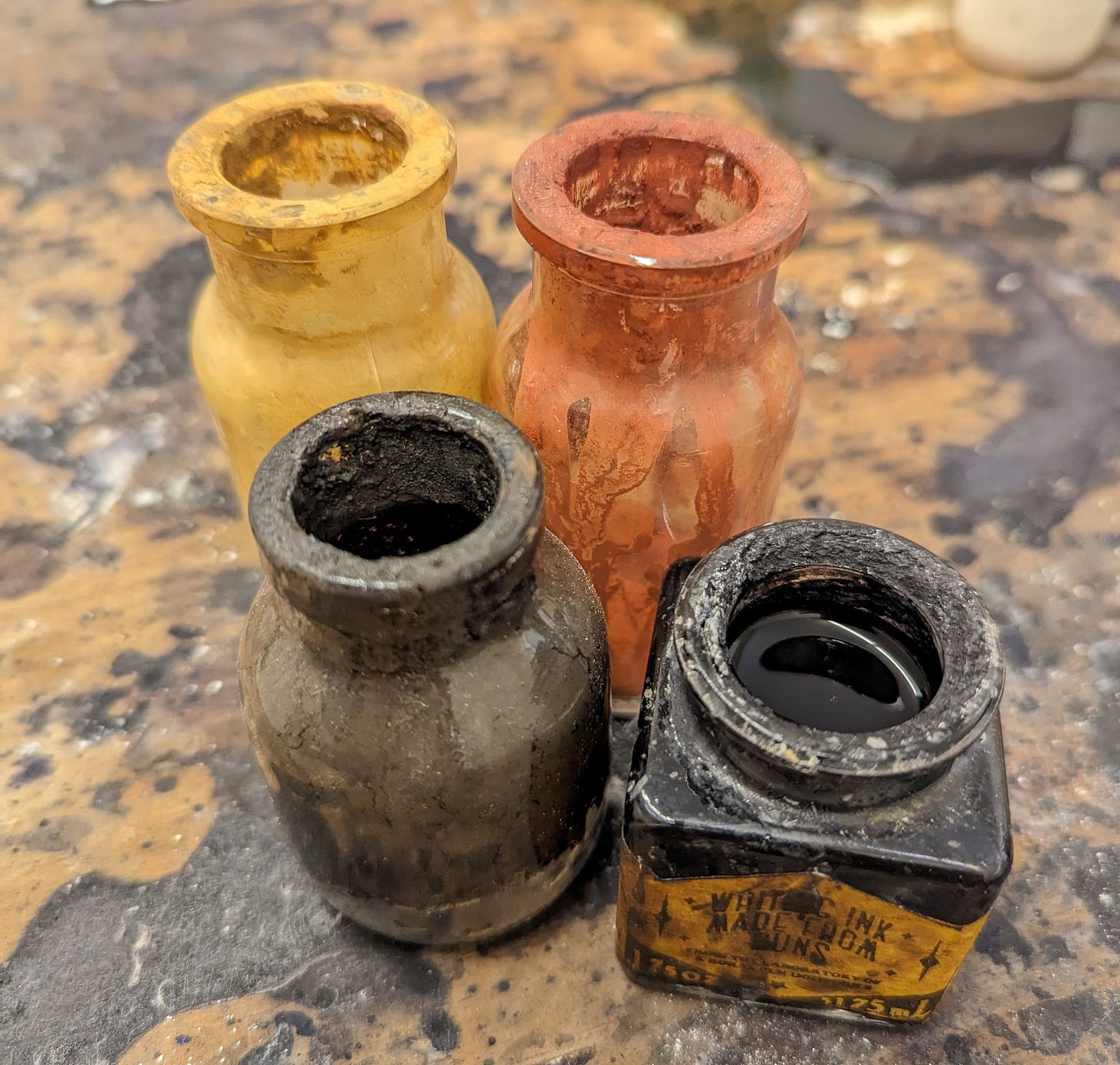
A beautiful meditation, and got many things stirring in me. It’s remarkable to me how many people, way back, seemed able to meet the very real possibility of death with far less (outward) angst than most of us meet the possibility of a lonely Saturday night or losing a smartphone. While the facts of her own story might be uncertain, I have no doubt at all that many have gone through what she did, and worse.
Perhaps it is only by living in a grounded way that the possibility of death can be faced. Where there is detachment, I think, it is detachment from control and from material things and false sentiment, yet conversely there is a deep commitment beyond the self that is surely as tangible as stone. Not a grasping, but an embracing.
We are buffered in our ideology of safety-ism, and live so often through representations of reality, that reality itself is becoming increasingly unbearable for ordinary people.
What touches my heart is that such a story keeps being told, and that such a woman kept being described over a millennium, that even the greatest king of all England felt it worth keeping this story safe in what became known as ‘The Cathedral of the Vale’.
This. Thank you for the gift of this post, Caroline. Truly a balm for a woman without many role models. I shared your Substack with a young woman in Braemar keen on making pigments from rock. Keep an eye out for young Annie. Light and peace to you.